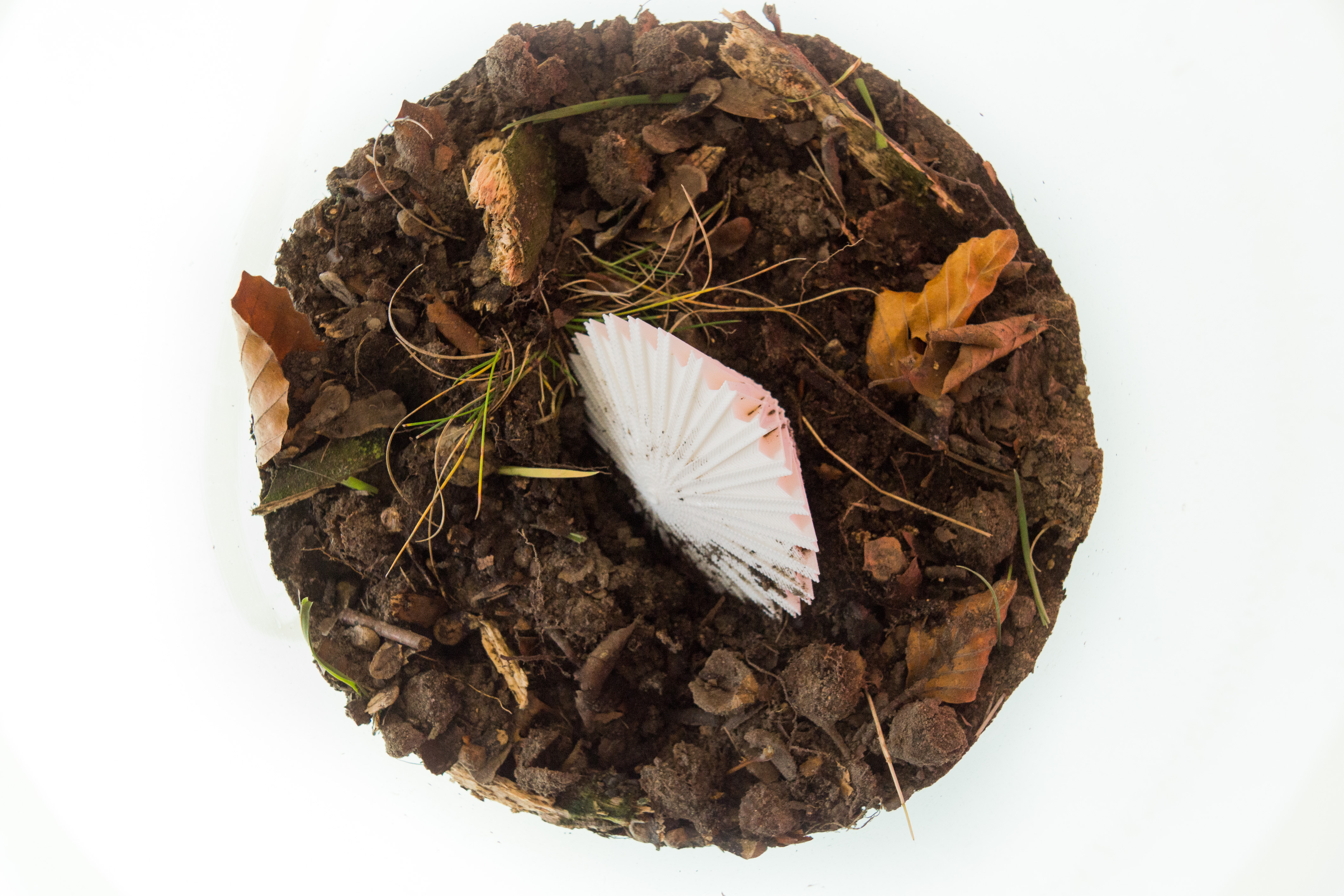Design cards are gaining popularity as a way to represent and disseminate design knowledge [1]. However, little is known yet about how their intended users experience their use. They provide a low-tech, tangible, and approachable way to help with ideation, inspiration, or to provide information [2]. Design researchers have argued in many ways as to the potential benefits of design cards. However, it remains unclear how designers actually benefit from design cards, what value they see in them and how they use them. In order to gain insights to these points, this research conducted an experiment that compared how junior and advanced design students approach a set of design cards and explored who benefitted from them. Through a lab study (N = 25), where teams from 2-4 people with the same design experience had to work with the PLEX Cards [2], it became clear that the junior design students benefitted most from the use of design cards, and that they used and want to use the cards as intended. Graduate students value design cards for slightly different reasons and want use the cards in a way which fits their own design approach. The research focused on a mixed methods approach [3], both using quantitative and qualitative data.
- Team Hans Brombacher | Rosa van Koningsbruggen
- [1] Wölfel, C., & Merritt, T. (2013). Method card design dimensions: a survey of card-based design tools. In IFIP Conference on Human-Computer Interaction (pp. 479-486). Springer, Berlin, Heidelberg. [2] Lucero, A., Dalsgaard, P., Halskov, K., & Buur, J. (2016). Designing with Cards. In P. Markopoulos, J. B. Martens, J. Malins, K. Coninx, & A. Liapis (Eds.), Collaboration in Creative Design: Methods and Tools (pp. 75-95). Springer. [3] Creswell, J. W., & Creswell, J. D. (2017). Research design: Qualitative, quantitative, and mixed methods approaches. Sage publications



